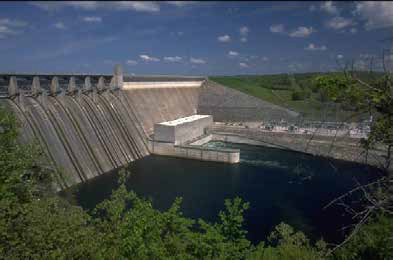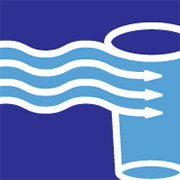In March 2013, the Energy Division of the California Public Utilities Commission (CPUC) hosted workshops on combined water use efficiency and energy efficiency programs. The programs are intended to further the CPUC’s ongoing Energy Action Plan by directly reducing energy usage and indirectly through water conservation applications that simultaneously reduce water and energy usage. Known as the “embedded energy” in water, these savings estimate the amount of energy that potentially can be saved through programs that save water.
The CPUC has spent many years developing a cost-effectiveness framework for energy that has been used to assist decision-makers in determining which energy-efficiency programs should be approved. This framework is defined by the California Standard Practice Manual, which outlines four cost-effectiveness tests (e.g., Total Resource Cost, Program Administrator Cost, Ratepayer Impact Measure and Participant) with different cost and benefit inputs depending on each test’s perspective. Because the inputs and associated savings are estimated (since they occur in the future and must be projected for each year of the life of the equipment and of the anticipated number of participating customers), there is a continuing need to refine the mathematical models and techniques to optimize the accuracy of the cost-benefit analysis. Additionally, since the benefits from conservation programs that save both water and energy are not captured in the current tests, attempting to include water in the cost-effectiveness framework further complicates the effort.
The CPUC’s Energy Division formed a Project Coordination Group (PCG) for Water-Energy Cost- Effectiveness that serves as an interface among staff, consultants, utilities (both investor-owned and government-owned) and other stakeholders. The goal of the PCG is two-fold: (1) to develop methods for quantifying the embedded energy in water and the associated energy savings when water use efficiency programs reduce this embedded energy; and (2) to create a method that allows for analysis of all demand-side programs in the water sector and calculates the value of the embedded energy savings to utility customers (including allocation of those savings to energy and water customers).
The PCG includes representatives from academia, non-governmental organizations, ratepayer advocate groups, consulting firms, energy and water investor-owned utilities (IOUs) and municipal or government-owned water utilities. At its initial meetings in May through July, the PCG organized itself into four teams focusing on these questions:
- 1. Cost-Benefit Valuation and Assignment
- What additional costs and benefits to IOU customers should be considered when analyzing the cost-effectiveness of water-energy programs?
- What types of benefits, in the form of avoided costs, would result from joint water-energy programs, and to whom would these benefits accrue?
- How could costs be allocated in proportion to the benefits received by energy and water customers?
- Is it feasible to divide avoided costs related to water savings programs into those avoided costs related to embedded energy savings versus avoided “water capacity” costs? If so, how? If not, how should the CPUC separate benefits to energy IOU customers?
- Are publicly available sources of data and information available from which values for avoided costs can be derived? What are they?
- Should the PCG establish avoided energy values based on marginal water supplies?
Representing the California Water Association (CWA) on the PCG are Patrick Pilz of California American Water, Bob Kelly of Suburban Water Systems and Jack Hawks of CWA.





